Top 10 trucking products of the decade
A new year represents a fresh start. (Good riddance, 2020. Don’t let the door hit you on the way out.)
Expanding on Today’s Trucking’s tradition of selecting the Top 10 trucking products of the year, we’ve decided to take a broader look this time around – and pick the Top 10 trucking products of the decade.

Full vehicles are excluded from the selection process, largely because they’re a collection of multiple products and systems. But everything else was fair game.
Here are our choices.
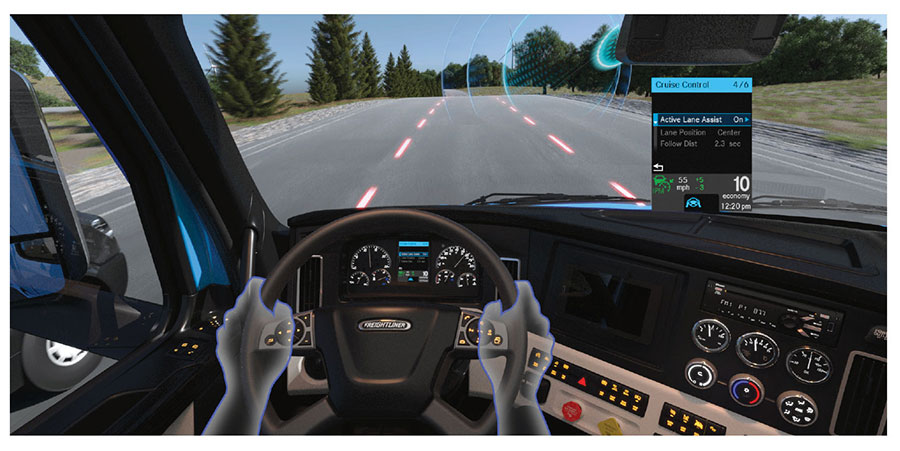
Level Up
Detroit Assurance 5.0
Advanced Driver Assistance Systems (ADAS) have introduced a broad array of support for those behind the wheel. Who would have thought a decade ago that some cruise controls would be able to adjust speeds based on following distances or GPS locations, or that radar and camera-based sensors could trigger emergency braking?
Daimler Trucks North America (DTNA) raised the bar when it introduced Detroit Assurance 5.0. The suite of safety systems combined and enhanced several ADAS features, but was also the first to market with Level 2 autonomous controls that include lane-tracking capabilities. It’s a gateway to the next generation of autonomous vehicles.
Does this foreshadow some of the top products for the decade to come? We think so.
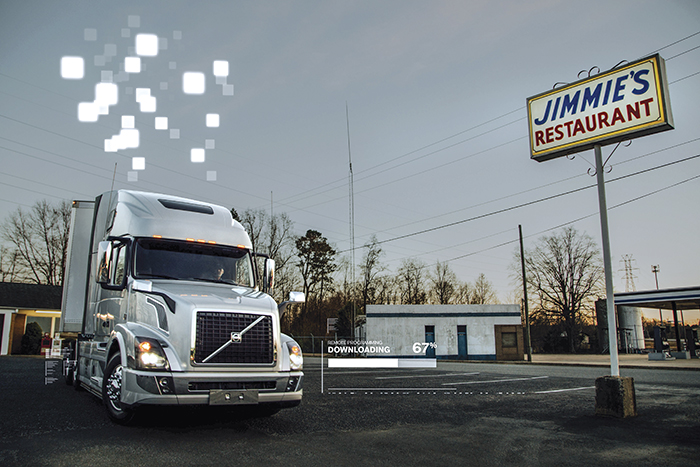
In the Air Tonight
Over-the-air programming
Telematics has made it possible to monitor engine codes and fault codes from afar, but the flow of data is now a two-way information highway.
International, Detroit, Mack, Volvo and Cummins each rolled out over-the-air programming capabilities in 2017. Paccar joined them soon after. At a basic level, the offerings allow for regular software updates. But given the capabilities, it’s not too much of a stretch to suggest that changes could be made more regularly in the future, such as enacting speed limiters in jurisdictions where they’re required and then opening up the power in other areas.
It’s one of the biggest things to come to engine electronics since the electronic fuel injector.

A Friendly Wave
The Volvo and Mack wave piston
Many engine-focused fuel economy gains are invisible to the naked eye. That’s not always the case, though.
There’s no question that Volvo and Mack introduced a radical change when it rolled out its wave piston design.
Diesel is traditionally injected into the center of a piston before spreading outward, but in this design the fuel is directed toward six tabs around the circumference of the piston’s surface. This causes the fuel to swirl inward, increasing the compression ratio and eliminating the wet spots on cylinder walls which would otherwise transform into soot.
The soot levels dropped so low during initial tests that participating engineers reportedly thought the results were faulty.
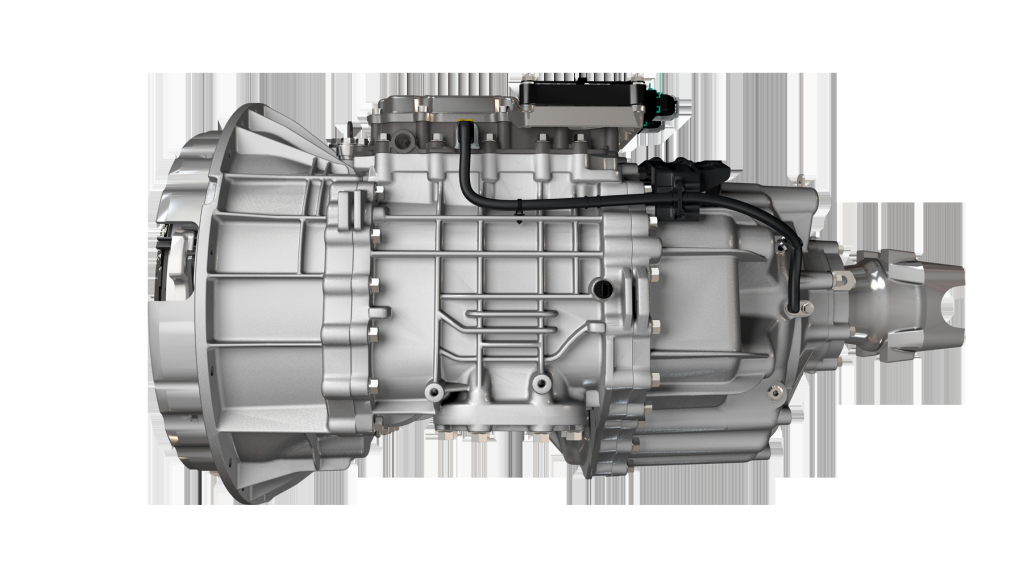
Enduring Automation
The Endurant transmission
Eaton’s Endurant transmission and its counterpart from Paccar were the first purpose-built automated transmissions in North America. Sure, automated manual transmissions (AMTs) were already becoming more popular across the board. Capabilities continue to advance in a technology that allows truckers to literally put it in “D” and drive.
But this particular rollout also shed 200 lb. when compared to the UltraShift Plus. And it was specially calibrated for optimum shifting with Cummins X15 and Paccar MX engines.
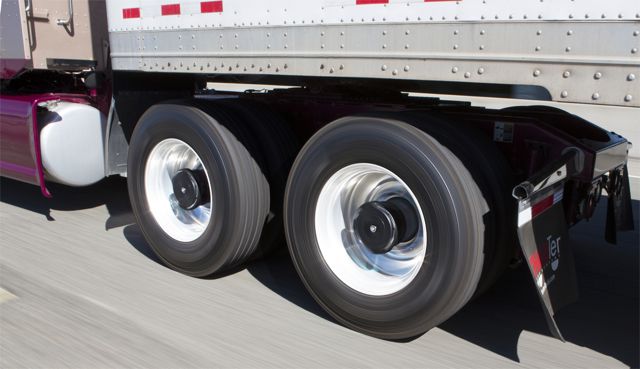
Roll with It
Aperia Halo Tire Inflator
Proper inflation is one of the keys to extending tire life and boosting fuel economy. And several systems are available to monitor the air or tap into available air supplies for added pressure. Aperia Technologies caught our attention when it introduced the Halo Tire Inflator that bolts onto an axle hub and uses the motion of a rotating wheel to drive an internal pump that maintains air pressure.
It’s an elegant solution to a troubling problem.
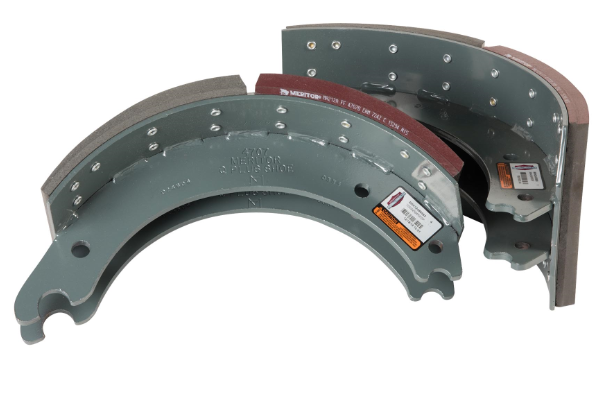
It’s a Fact, No Jack
Coated brake shoes
De-icing compounds may keep highways clear, but they make an absolute mess of truck components, coating metal, wicking up wires, and more.
Meritor – known as ArvinMeritor at the time — introduced PlatiumShield coatings to its new and remanufactured brake shoes to resist the abrasion that accelerates corrosion.
Coatings don’t necessarily grab headlines, but this one was introduced to a new area of the truck, combatting the rust jacking that comes when rust forms on a bare metal shoe under the brake lining. Left unchecked, that causes friction material to lift and crack.
Anything to put the brakes on a maintenance headache like this is a good thing.
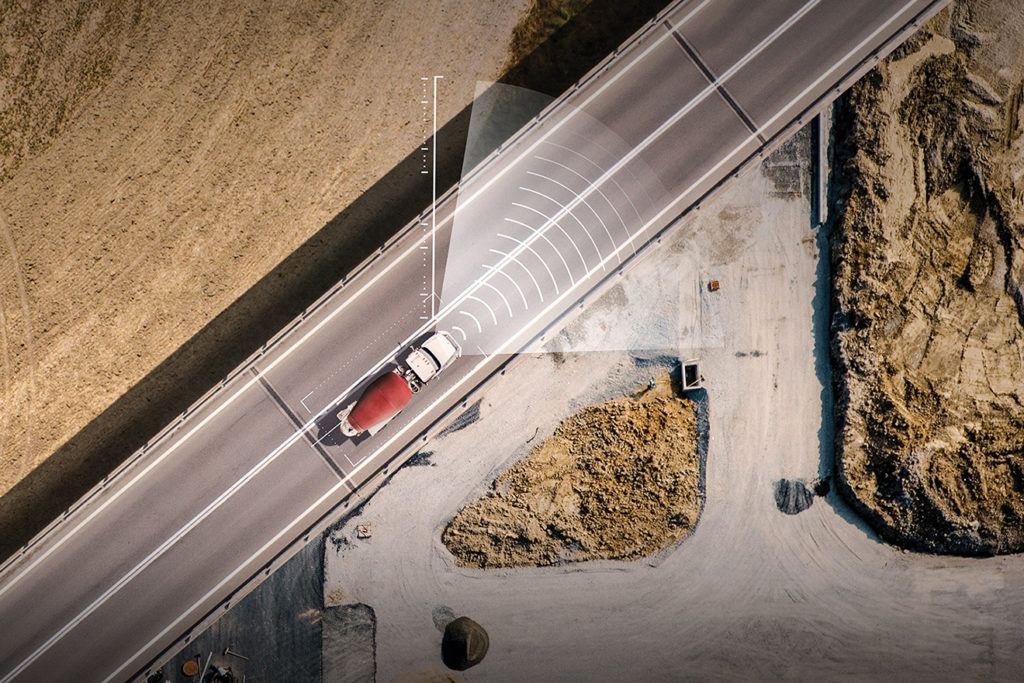
Fused Controls
Bendix Wingman Fusion
Bendix has been one of the pioneers with Advanced Driver Assistance Systems for several years. Look at the Electronic Stability Program (ESP) controls that came in 2005 as just one example.
Wingman Fusion introduced the best of several worlds, combining systems including a forward-facing camera, lane departure warnings, overspeed alerts and interventions, and prioritized alerts.
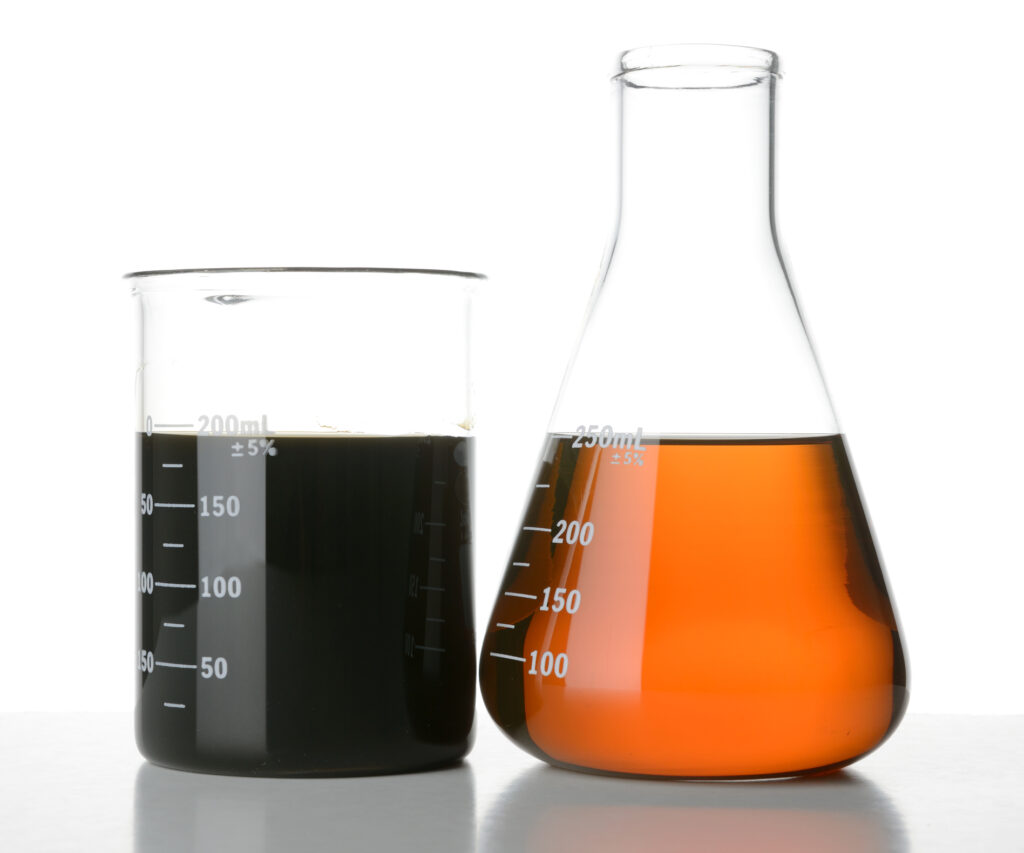
Slick Idea
CK4 and FA4 engine oils
Meeting new emissions standards is never an easy achievement, and upgraded engine oils are often demanded for the job.
A unique approach that emerged in late 2016 combined the best of two worlds in a bid to meet tighter Greenhouse Gas limits, and answer the higher operating temperatures that came along for the ride.
The new categories boosted fuel economy, shear stability (maintaining viscosity), and oxidation stability (holding the oil together at higher temperatures).
Note the reference to “categories” rather than “category”. Rather than forcing everyone to adopt one choice, oil suppliers came forward with CK4 and FA4 formulas. The CK4 oils offered a backwards-compatible option to protect existing equipment, while FA4 delivered the lower viscosities that maximize fuel economy gains in newer engines.
The CK4 oils continue to dominate the market today, but we expect to see a significant share of sumps to be filled with FA4 in the not-too-distant future.
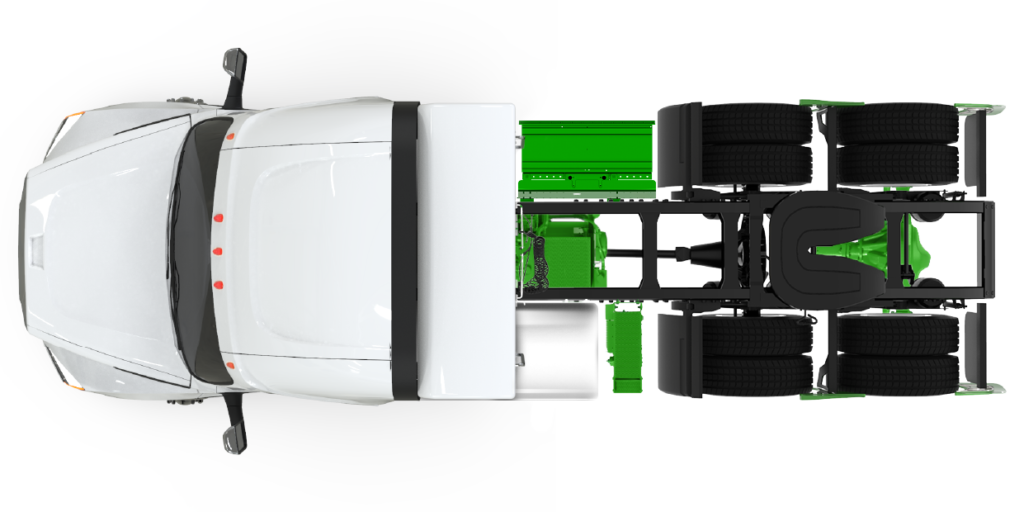
Hello Hyliion
The 6x4HE System electric drive axle
Much has been said and written about the dawn of battery-electric and fuel-cell-electric truck designs. Hyliion found a way to introduce electric capabilities for trucks with internal combustion engines.
The 6x4HE System combines an axle, motor-generator, lithium-ion battery pack, and related electronic controls. Together, they harness the energy created while braking, converts that to electricity, then uses the captured energy to offer a bit of a boost up hills.
The end result eases the demand on engines, and also reduces wear on service brakes.
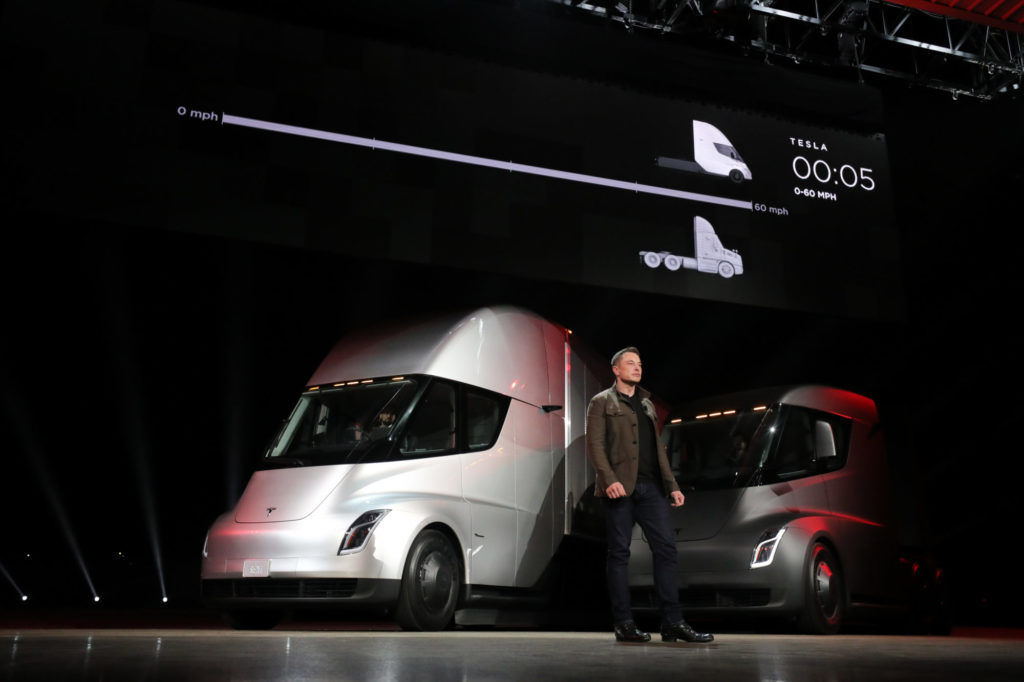
Talking Tesla
The unbuilt electric truck
Undeniably, our most controversial pick for the decade is the Tesla Semi’s yet-to-be-produced electric powertrain.
It’s admittedly an odd choice, and it came after some debate. This truck has yet to roll off an assembly line. Established OEMs and other emerging suppliers beat Tesla to market with test fleets that already run battery-electric Class 8 trucks in real-world applications. We’ve driven some of those electric trucks, too.
In contrast, Tesla has hardly been forthcoming with answers to detailed questions about its technology. What batteries will be required to deliver the 800-km range recently promised by Elon Musk? How does Tesla plan to address regulations that largely prevent truck makers from using cameras in the place of West Coast mirrors? How are drivers in center-mounted seats expected to pass documentation to enforcement officers? The prototype’s debut was more motivational speech than product reveal.
But love him or hate him, Musk pushed public discussions about electric trucks to the fore. Several OEM executives acknowledge behind the scenes that, while they were already working on electrification, Musk’s brash pronouncements led them to accelerate the work.
It’s still one of the few product launches that people outside the trucking industry ever seem to ask us about.
Have your say
This is a moderated forum. Comments will no longer be published unless they are accompanied by a first and last name and a verifiable email address. (Today's Trucking will not publish or share the email address.) Profane language and content deemed to be libelous, racist, or threatening in nature will not be published under any circumstances.
thanks a lot for your good thechnical news
Thank You, John G… Any chance that DTNA, could build a ’95 FLD 120 – spec’d with the reliable, fuel efficient & emmisions friendly ‘series 60’ – that would add value to the O/O & driver experience… Now that would be ‘real’ progress… & there’s something to be said for progress… Be well, my friend.